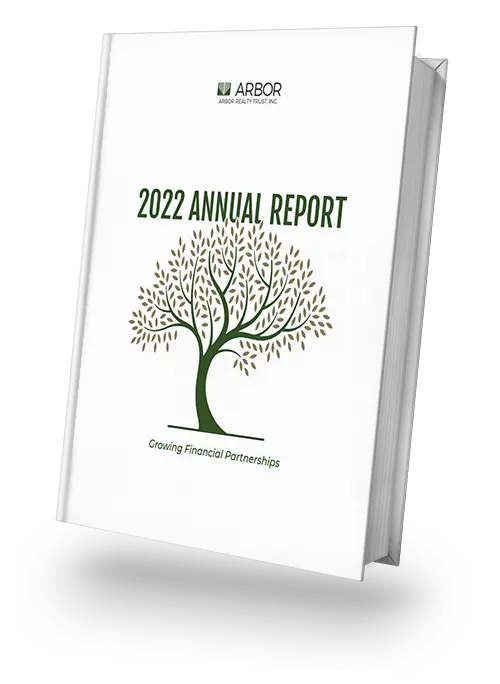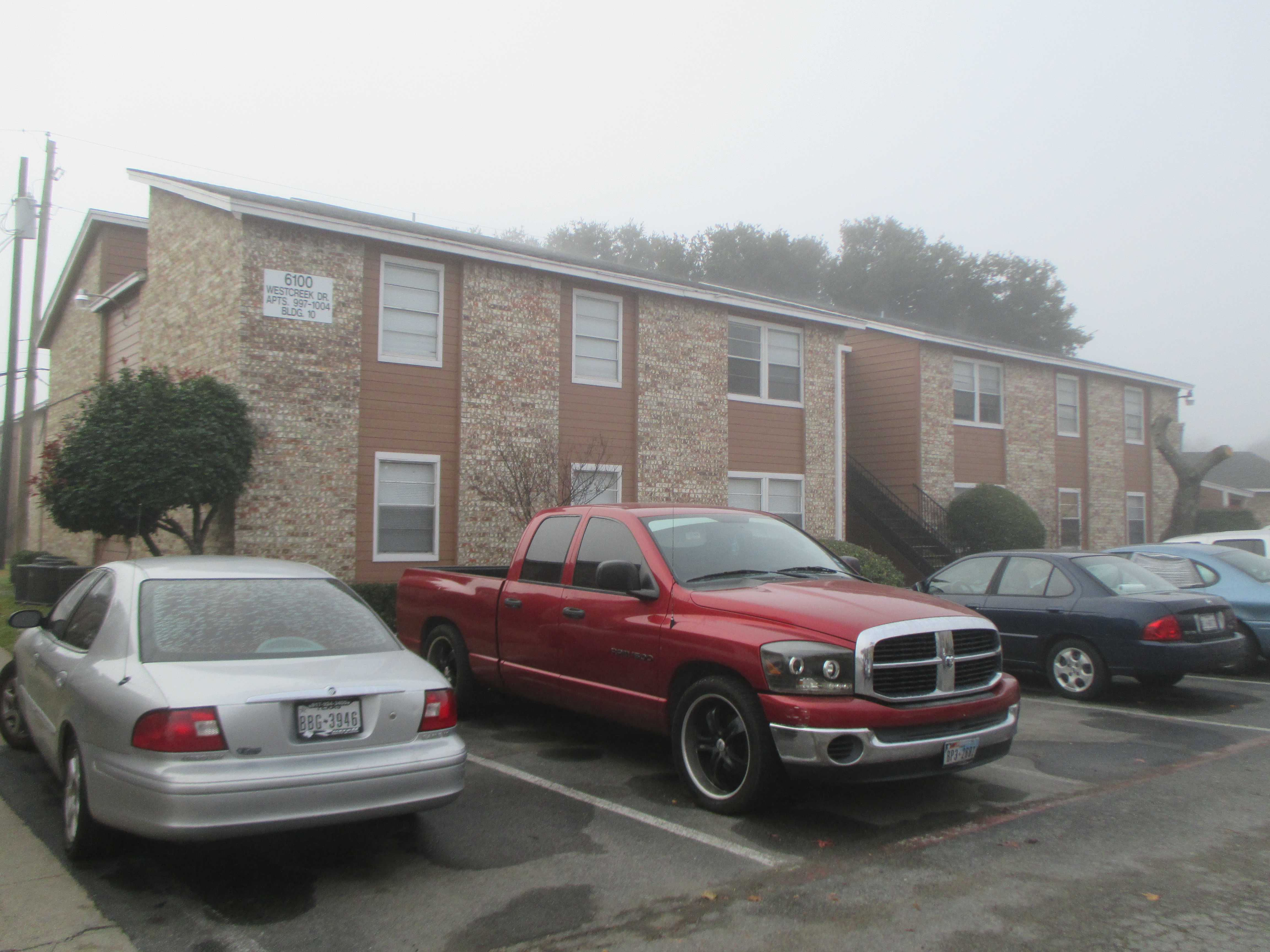As housing costs spiral, rental affordability has become a more urgent issue, burdening a greater number of Americans. Arbor’s Affordable Housing Trends Report Spring 2024, developed in partnership with Chandan Economics, examines the major policies and programs shaping the marketplace at a time when overdue federal funding expansions have increased agency budgets.
Every Loan Product with Just One Lender
Arbor offers a total nationwide solution for your multifamily finance needs, including Fannie Mae, Freddie Mac, FHA and Bridge loans, among many other flexible options.
OUR NEWS
Arbor Ranks as a Top FHA Multifamily Lender by Initial Endorsements in FY 2023
UNIONDALE, NEW YORK - December 18, 2023 - Arbor Realty Trust (NYSE: ABR) has ranked #9 in the U.S. Department of...
READ MOREArbor Realty Trust Announces an Increase of its Share Repurchase Program to $150 Million
UNIONDALE, NEW YORK - December 11, 2023 (GLOBE NEWSWIRE) - Arbor Realty Trust (NYSE: ABR), today announced that its Board...
READ MOREWant your financing even faster?
Ask for ALEX (Arbor Loan Express) – Our Flexible, Online Lending Solution – on your next loan.
Learn MoreARBOR Offers Decades of Local Market Experience
Arbor is a nationwide direct lender with the expertise necessary to partner with you wherever your portfolio may take you.
Recent ClosingsGrow Your Career at Arbor
Arbor employs exceptional individuals with a strong foundation to achieve success in their career.
Careers


